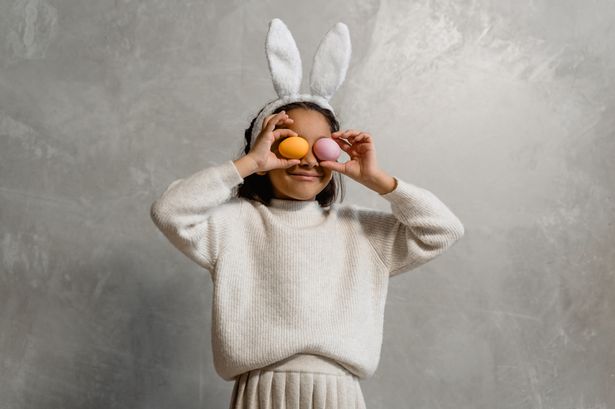Easter is almost here, with many of us planning to celebrate with friends, family and good food.
Easter is always on the first Sunday after the first full moon that follows the spring equinox, marking the beginning of spring. In the UK, there are two bank holidays, one on the Friday before and another on the Monday after the day itself.
The holiday celebrates the resurrection of Jesus Christ, three days after he was killed.
READ MORE: Scouse 'Easter clothes' people remember from their childhood in Liverpool
In fairly recent years, Easter has also become synonymous with chocolate eggs and bunny rabbits. We've taken a look at how and why these two things became symbols for Easter.
Originally in the week leading up to Easter, also known as Holy Week, the church did not allow people to eat eggs. This meant any eggs laid that week were saved, and given to children as gifts.
The BBC reports Victorians adapted the tradition with satin-covered cardboard eggs filled with Easter gifts, which later developed into the tradition we see today. The first chocolate eggs to be sold in the UK were released in 1873 by Fry's.
The Easter bunny is a different idea entirely. It is thought to be connected to Pagan tradition, having become common at a similar time to Easter eggs.
Rabbit kittens are seen as a symbol of new life, and legend has it that the Easter Bunny lays, decorates and hides eggs for good children, as they are also a symbol of new life.
And in some other European nations these eggs are "delivered" by a cuckoo, and even a fox.
Receive newsletters with the latest news, sport and what's on updates from the Liverpool ECHO by signing up here
READ NEXT:
Highway Code warning as drivers could be hit with fines at Easter
Portugal travel warning issued by UK Foreign Office
Exact date and time Government emergency 'siren' will sound on UK mobile phones
British Gas lowers energy bills for more than a million customers
Zara shoppers 'obsessed' with £30 pink linen dress

